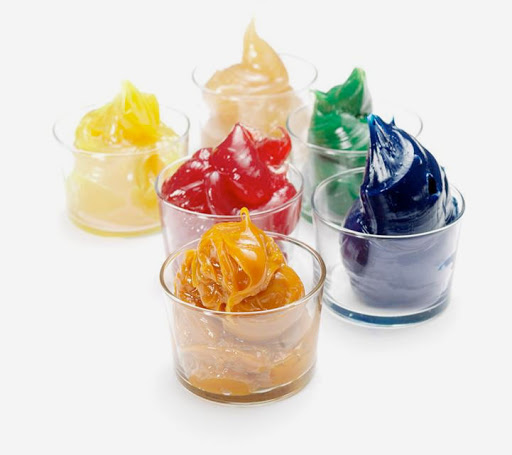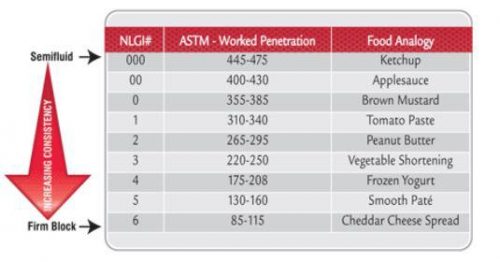The Environmental Protection Agency (EPA) believes that the management of hazardous waste aerosol cans can be best implemented through a universal waste approach where handlers operate within a streamlined management system with regulatory oversight. On December 9, 2019, the EPA finalized the rule to add Aerosol Cans to the federal list of Universal Wastes. This final rule will impact the labeling and marking, accumulation time limits, employee training, responses to releases, export requirements, and, for large quantity handlers of universal waste, notification and tracking.
What is the definition of Aerosol Can?
As of February, 2020, the EPA defines an aerosol as a non-refillable receptacle containing a gas compressed, liquefied or dissolved under pressure, the sole purpose of which is to expel a liquid, paste, or powder and fitted with a self-closing release device allowing the contents to be ejected by the gas. Because the DOT language is more inclusive than the proposed language, it better matches the intent of the proposal to apply to all types of aerosol cans, including cans that dispense product in the form of paste or powder, and would not require states that have already added aerosol cans to their universal waste program to change their regulations.
Current Regulations
On March 16, 2018 the Environmental Protection Agency (EPA) proposed adding aerosol cans to the federal universal waste list. This proposal recognized that the inclusion of this waste stream as a universal waste could better ensure that aerosol cans are managed appropriately from cradle to grave. Aerosol cans are widely used for dispensing a broad range of products including paints, solvents, pesticides, food and personal care products.
The Consumer Specialty Products Association (CSPA) estimates that 3.8 billion aerosol cans were filled in the United States in 2015 for use by commercial and industrial facilities along with households. Aerosol cans may be dangerous if mismanaged, particularly when exposed to excessive heat, which may result in increased internal pressure and eventually could cause the container to burst and release its contents. If the propellant or product is ignitable, this could result in a rapidly burning vapor “fireball.” Even if the propellant is not ignitable there are dangers from a bursting aerosol can as parts of the aerosol can could become a projectile. After the proposed rule-making was announced the EPA took public comment on the proposed standards. The docket number for this rule-making is EPA-HQ-QLEM-2017-0463.
The Environmental Protection Agency (EPA) has added hazardous waste aerosol cans to the universal waste program under the Federal Resource Conservation and Recovery Act (RCRA) regulations. The aim of this rule is to benefit the establishments generating and managing hazardous waste aerosol cans. These establishments include retail stores and others that discard hazardous waste aerosol cans. The rule will ease the regulatory burdens on these establishments and promote the collection and recycling of these cans and encourage the development of municipal and commercial programs to reduce the amount of aerosol cans from going to municipal solid waste landfills or combustors. This final ruling will impact the following areas for all handlers: Generator Status Universal Waste Aerosols do not count towards Generator Status.
Guidelines and Best Practices
The final rule requires aerosol cans to be labeled as “Universal Waste—Aerosol Can(s),” “Waste Aerosol Can(s),” or “Used Aerosol Can(s).”
- The final rule allows for generators to store aerosol cans for up to one-year.
- Employees must be trained on handling and how to safely puncture and drain universal waste aerosol cans – if applicable to facility.
- Aerosol cans will now be exported as Universal Waste.
- Notification and Tracking will only be impacted for large quantity universal waste handlers. Handlers must make a notification before beginning to puncture the aerosol cans.
- Under the universal waste rule, a handler of universal waste can send the universal waste to another handler, where it can be consolidated into a larger shipment for transport to a destination facility.
- Universal waste destination facilities are subject to all currently applicable requirements for hazardous waste treatment, storage, and disposal facilities (TSDFs) and must receive a RCRA permit for such activities.
- This will make it more economical to send hazardous waste aerosol cans for recycling for recovery of metal materials. This final action is estimated to result in an annual cost savings of $5.3 million to $47.8 million.
- The EPA is requiring leaking or damaged aerosol cans that show evidence of leakage to be packaged in a separate closed container, overpacked with absorbents or immediately punctured and drained in accordance with the aerosol can Universal waste requirements.
Gemini Disposal Services can help you disposal of your aerosol cans and/or universal waste in a safe and economic matter. If you need to dispose of your aerosol cans, request a quote and we will work with you to properly manage your universal waste.



